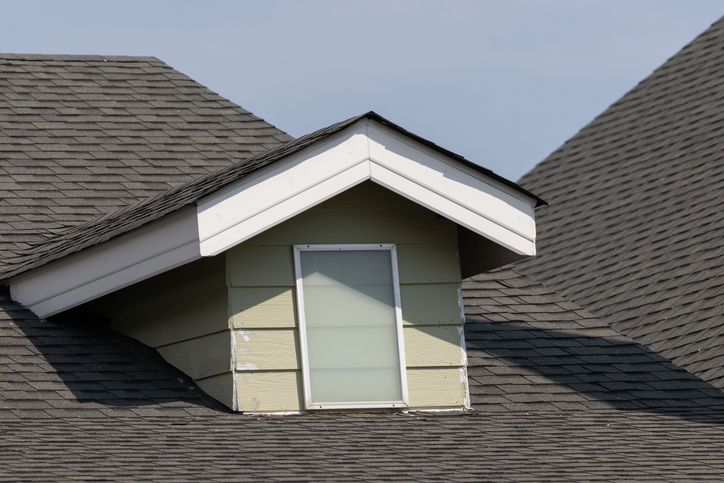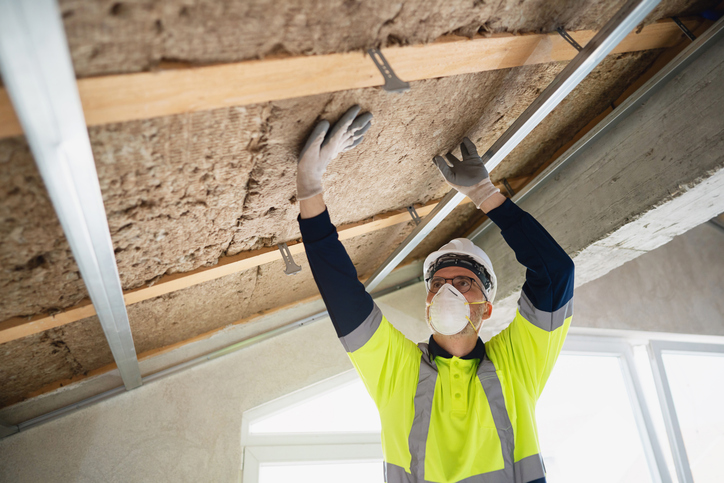How to Safely Document Storm Damage

How to Safely Document Storm Damage
March 6, 2018
Storms can cause a great deal of damage to your home, as well as create emotional and financial chaos for you and your family.
Hail damage create leaks and cracks, and later lead to cracked and chipped siding. Wind damage can lift the shingles on your roof and cause cracks. It can also push weak or dead trees into your roof, punching a (very expensive) hole into your home. Water damage can affect every area of your home and cause certain health hazards such as mold and mildew.
None of that stress compares, however, to the stress of dealing with a windstorm damage claim. Where do you start? How do you make sure all the damage is accounted for?
We’ll tell you!
Today, our blog dives into the simple and practical steps for documenting home damage after any disaster. By following our guide to the end, you’ll have a thorough and organized list of information about everything the storm touched in your house.
Here’s how to do it.
Start with One Room & Don’t Move On Until You’re Finished
To safely document storm damage, taking an organize approach will ensure success. For example, start with one room at a time. Assess each room one at a time, and do not go to another room until you are sure that you have covered everything in that room.
This also gives you clear stopping points if you’re interrupted or need to document over the course of a couple days. Going room-by-room ensures that you’re not accidentally skipping a major problem.
Keep a Detailed List
Create a list that documents everything you observed after the storm. Keep this list with you as you go from room to room. On this list, include what is in the room and a description of the damages. Keep your list, and anything relevant to the storm, in a file folder. In addition, keep your insurance claim form and bills from the storm all together in the folder.
Caution: don’t throw away any damaged items before talking with your insurance company first. Add the items to your list, photograph them, and leave them until your insurance company has verified the damage. Otherwise, you may not have proof if they dispute it later.
Take Photos
After writing down each item/instance of damage, take photos. Photos are necessary for proving the claim and will show exactly the damages that occurred from the storm. Save these photos in an easy-to-access location, and make sure it’s backed up to an external hard drive or cloud-based account.
File a Claim with Your Insurance Company
The next step is to file a claim with your insurance company. This should be done quickly because many insurance companies help those who contact them first. Let your insurance provider know in detail the extent of the damage and that you have an inventory of your possessions.
By documenting your home piece-by-piece, you’ll be able to tackle the project with less stress and fewer distractions. It’s not only easier on you, but it creates a better, more thorough document at the end.
We hope you find this guide helpful, and good luck with your future projects!
Recent News

The Best Time to Schedule Roof Repairs: Why Autumn Is Not Too Late
November 20, 2025

Common Signs Your Slate Roof Needs Repair
November 18, 2025

How to Maintain Your Gutters Year-Round & Avoid Water Damage
November 13, 2025

How New Siding Can Increase Your Home’s Value & Energy Efficiency
November 5, 2025

How Weather in Fairfield County Affects Your Asphalt Roof & What You Can Do About It
October 30, 2025

Color Trends in Siding
October 2, 2025

